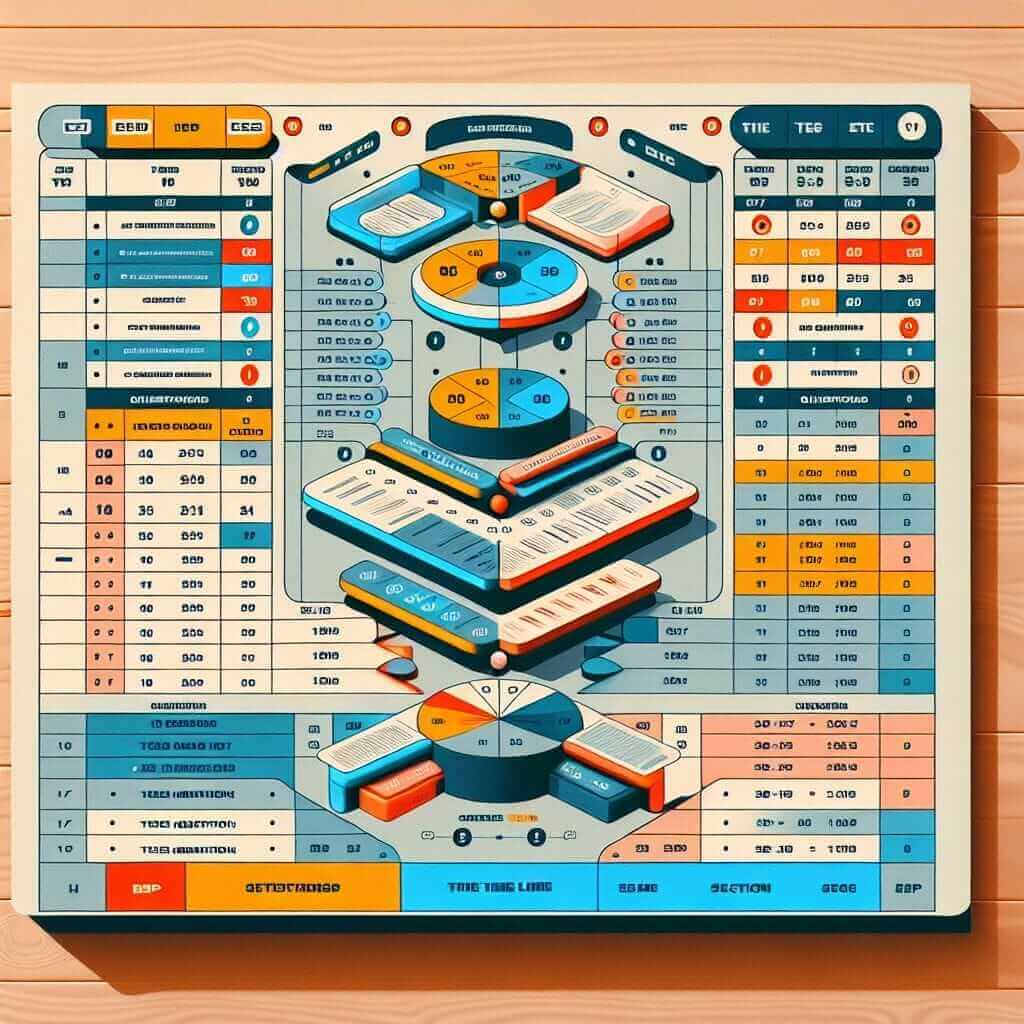As an IELTS instructor with over two decades of experience, I understand the importance of clarity and transparency when it comes to exam preparation. One of the most common questions I encounter from my students at IELTS.NET is, “How many questions are on the IELTS exam?” While seemingly simple, the answer requires a nuanced understanding of the IELTS test format.
Breaking Down the IELTS Exam Format
The IELTS exam assesses your proficiency in four key language skills: Listening, Reading, Writing, and Speaking. However, it’s crucial to remember that the exam is not structured as a single entity with a fixed number of questions. Instead, each section has its own distinct format and number of questions.
Listening
The Listening test is divided into 4 sections, each with 10 questions, totalling 40 questions. This section tests your ability to understand spoken English in various contexts, from everyday conversations to academic lectures.
Reading
The Reading test also features 40 questions but is structured differently depending on whether you are taking the Academic or General Training module. Both versions present three lengthy passages with varying question types, such as multiple choice, identifying information, and matching headings.
Writing
The Writing test comprises two tasks, regardless of the module you choose (Academic or General Training). Task 1 requires you to describe visual information, such as a graph or chart (Academic) or write a letter (General Training). Task 2 involves writing an essay in response to a given prompt. While there isn’t a specific number of “questions” in this section, you are assessed on your ability to respond effectively to the given tasks.
Speaking
The Speaking test is a face-to-face interview with a certified examiner and is divided into three parts:
- Part 1: Introduction and interview (4-5 minutes)
- Part 2: Individual long turn (3-4 minutes)
- Part 3: Two-way discussion (4-5 minutes)
While this section doesn’t have traditional “questions” like the other sections, the examiner will guide the conversation through a series of prompts and follow-up questions.

Strategic Preparation: It’s Not Just About the Number
While understanding the number of questions in each section is important, it’s equally crucial to remember that the IELTS exam is designed to assess your overall English language proficiency. Simply focusing on the quantity of questions won’t guarantee success.
Here are some key takeaways to remember:
- Quality over Quantity: Concentrate on understanding the question types, developing effective test-taking strategies, and improving your overall English language skills.
- Time Management: Each section of the IELTS has a specific time limit, so learn to pace yourself effectively to maximize your performance.
- Practice Makes Perfect: Familiarize yourself with the exam format and question types by practicing with authentic IELTS practice materials.
Your Path to IELTS Success
Remember, achieving your desired IELTS score is a journey, not a sprint. By understanding the exam format, practicing regularly, and focusing on improving your overall English proficiency, you will be well on your way to success.